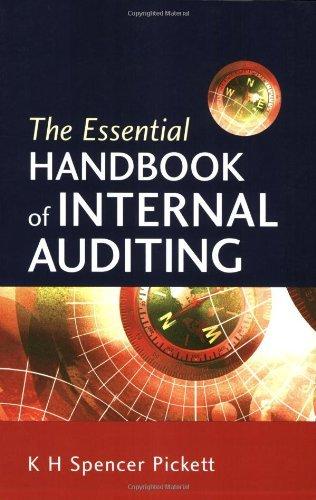Question
1. Winchell Company has provided projected information as follows: Net sales of $10,000, fixed manufacturing costs of $1,000, and variable manufacturing costs of 45% of
1. Winchell Company has provided projected information as follows: Net sales of $10,000, fixed manufacturing costs of $1,000, and variable manufacturing costs of 45% of net sales. Assuming no change in inventory, what will the projected cost of goods sold be?
2. Assume that Marchs budgeted sales are 10,000 units. Beginning finished goods inventory contained 1,000 units, and 1,500 units are desired to be on hand at month end. Conversely, beginning direct materials inventory consisted of 1,500 units, but only 1,000 units are desired to be on hand at month end. Each finished unit requires 2 units of raw materials and 1 hour of direct labor. Raw materials cost $6 per unit, direct labor costs $9 per hour, factory overhead is applied at $7 per hour, and the company has no work in process. How much will raw material purchases amount to for March?
3. Robbins Company had the following information for 20X5: Beginning work in process 100,000 units; units started, 575,000; and ending work in process, 75,000 units. The beginning work in process was 100% complete as to direct materials and 75% complete as to conversion costs. The ending work in process was 100% complete as to direct materials and 50% complete as to conversion costs. Total direct material put into process cost $575,000, total conversion costs put into process cost $843,750, and beginning work in process was $100,000 for material and $112,500 for conversion. Using weighted-average, what were the equivalent units of production for direct materials during 20X5? (optional: Under FIFO, what is the answer to this question?)
4. Garrett, Inc., instituted a new process in October. During October, 9,000 units were started and 7,000 were transferred to finished goods. 2,000 remained in work in process at October 31. The work in process at October 31 was 100% complete as to material costs and 50% complete as to conversion costs. Material costs of $27,000 and conversion costs of $40,000 were charged in October. What were the total costs transferred to the finished goods inventory?
5. Sweeney projects sales of $500,000. Cost of goods sold is 40% of sales, and administrative costs are $25,000. Depreciation of $5,000 is included in these expenses. There are no changes in inventories, payables, or receivables.
A. Cash will increase by $500,000.
B. Cash will increase by $300,000.
C. Cash will increase by $275,000.
D. Cash will increase by $270,000.
E. None of these.
6. Operations began May 1. Sales are budgeted to increase as $15,000, $17,000, and $20,000 for the first three months. Ending inventory is 75% of the next month's projected sales. Ending inventory for June is:
A. $15,000.
B. $11,250.
C. $7,500 if the gross profit rate is 50%.
D. $5,625 if the gross profit rate is 50%.
E. None of these.
Step by Step Solution
There are 3 Steps involved in it
Step: 1

Get Instant Access to Expert-Tailored Solutions
See step-by-step solutions with expert insights and AI powered tools for academic success
Step: 2

Step: 3

Ace Your Homework with AI
Get the answers you need in no time with our AI-driven, step-by-step assistance
Get Started


